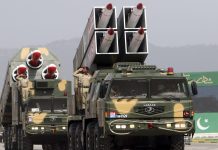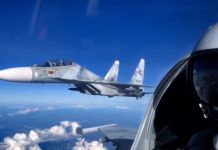The recently fought armed conflict between India and Pakistan saw some very long-range aerial engagements, perhaps among the longest in the world, that included India’s S-400 and Pakistan’s PL-15 missiles.
During the four-day Indo-Pakistan conflict, which started on May 7 with Indian strikes on Pakistani terror infrastructure, Islamabad claimed that it had downed five Indian fighter jets, including three Rafales, a Mirage 2000, and a Su-30MKI. They claimed that these high-profile kills were scored by a Chinese-origin J-10C armed with a PL-15 long-range missile, acquired from China.
The Indian Air Force (IAF) has not admitted to any combat losses, and Pakistan has not been able to furnish any concrete evidence of a shootdown.
Amid growing US-Pakistan ties and a tiff with India, a recent Reuters report claimed that the IAF did lose at least one Rafale in the air-to-air combat that ensued shortly after IAF fighter jets launched stand-off strikes from the safety of the Indian airspace.
The aircraft was allegedly downed during an hour-long fight, which took place in darkness and involved almost 110 fighter jets, making it the world’s largest air battle in decades. No concrete evidence was shared!
“Historic Kill”: S-400 Shot Down Pakistan’s AEW&C Aircraft 314 KM Away During Indo-Pak War: Source
Meanwhile, Indian Air Force Chief Air Chief Marshal Amar Preet Singh disclosed on Saturday that five Pakistani fighter jets and another large aircraft (most likely Saab-2000 Eyerie) were downed during Operation Sindoor.
“We have at least five fighters confirmed kills and one large aircraft, which could be either an ELINT aircraft or an AEW&C aircraft, which was taken on at a distance of about 300 kilometres. This is actually the largest ever recorded surface-to-air kill that we can talk about.”
Calling the Russian-made S-400 a “game-changer”, he said: “Our air defense systems did a wonderful job. The S-400 system, which we recently bought, has been a game-changer. The range of that system has really kept their aircraft away from their weapons, like long-range glide bombs. They have not been able to use any of those because they have not been able to penetrate the system,” said the Air chief.
Reuters Report
The report states that while Dassault Aviation (the manufacturer of Rafale) saw a decline in its shares following the claims, the downing of the aircraft was not a result of a poor combat performance by Rafale, but an IAF intelligence failure.
“Central to its (Rafale’s) downing was an Indian intelligence failure concerning the range of the China-made PL-15 missile fired by the J-10 fighter. China and Pakistan are the only countries to operate both J-10s, known as Vigorous Dragons, and PL-15s,” the report states.
The PL-15 long-range missile used by China has a range of about 200 kilometers. The report states that some Indian officials who did not wish to be named told Reuters that the faulty intelligence gave the Rafale pilots a false sense of confidence that they were out of Pakistani fire range, which they thought was only about 150 kilometres, alluding to the widely cited range of the export variant of the PL-15.
The Pakistani officials claim that the PL-15 that struck the Rafale was shot from approximately 200 kilometers (124.27 miles), whereas the Indian officials claim it was launched from even farther. If proven, this would have been one of the longest-range air-to-air strikes ever documented.
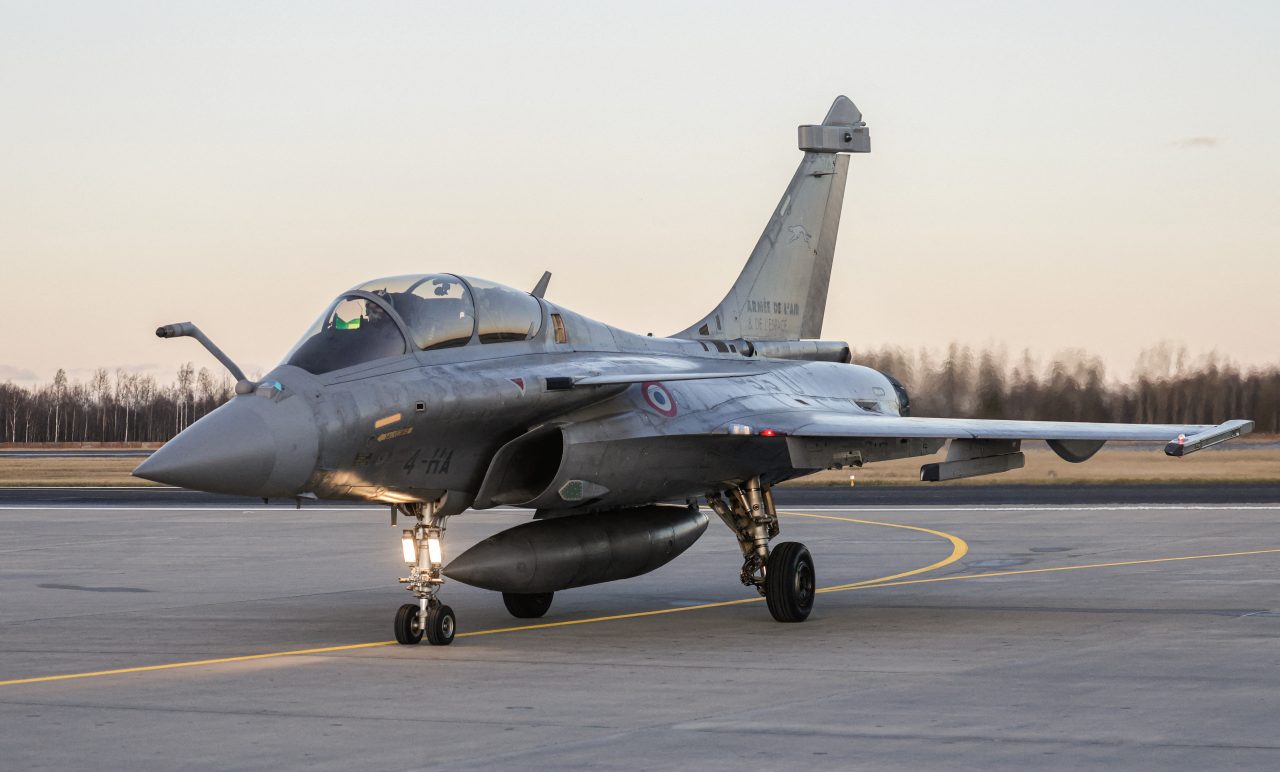
The EurAsian Times could not independently corroborate these claims.
While several reports in Western media have amplified Pakistan’s claims since May 2025, the Reuters report puts together a possible account of what transpired. It states that Pakistan scored these kills using the surprise element, the use of Electronic Warfare, and by establishing a kill chain.
“We ambushed them,” an anonymous PAF official told Reuters, adding that Islamabad tried to confuse Indian pilots by attacking Delhi’s systems with electronic warfare.
Citing unidentified Pakistani and Indian officials, the report states that Pakistan managed to create a kill chain that increased its operational efficiency.
“Four Pakistani officials said they created a ‘kill chain,’ or a multi-domain operation, by linking air, land, and space sensors. The network included a Pakistani-developed system, Data Link 17, which connected Chinese military hardware with other equipment, including a Swedish-made surveillance plane,” two Pakistani officials said.
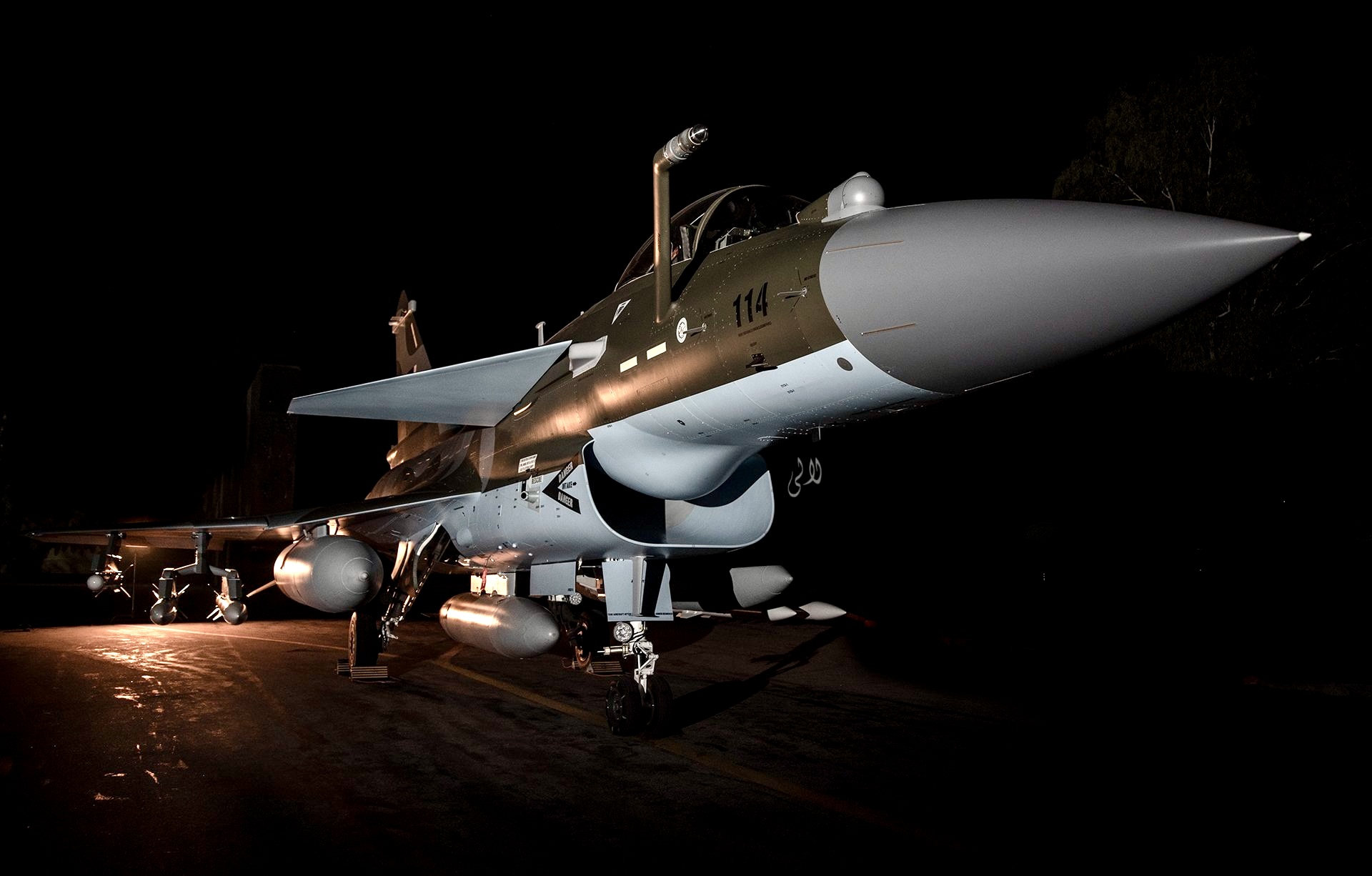
Chinese-owned Global Times amplified the claims, adding that “the PL-15E uses a mixed guidance mode of inertial navigation system, satellite navigation system, datalink, and active radar terminal guidance. Its range was labeled 145 kilometers at Airshow China 2021 when it made its public debut.” The report did not disclose the exact range of the missiles that have been delivered to the Pakistan Air Force (PAF).
These are explosive claims that remain unsubstantiated in the absence of crucial evidence. Some reports earlier suggested that Indonesia, which has Rafales on order, was mulling purchasing the Chinese J-10C based on its combat success.
Last month, General Jerome Bellanger, the French Air Force chief, stated that he had seen evidence indicating the loss of three Indian aircraft: a Mirage 2000, a Russian-made Sukhoi, and a Rafale. He added that this is the first-ever combat loss of Rafale, sold to eight countries.
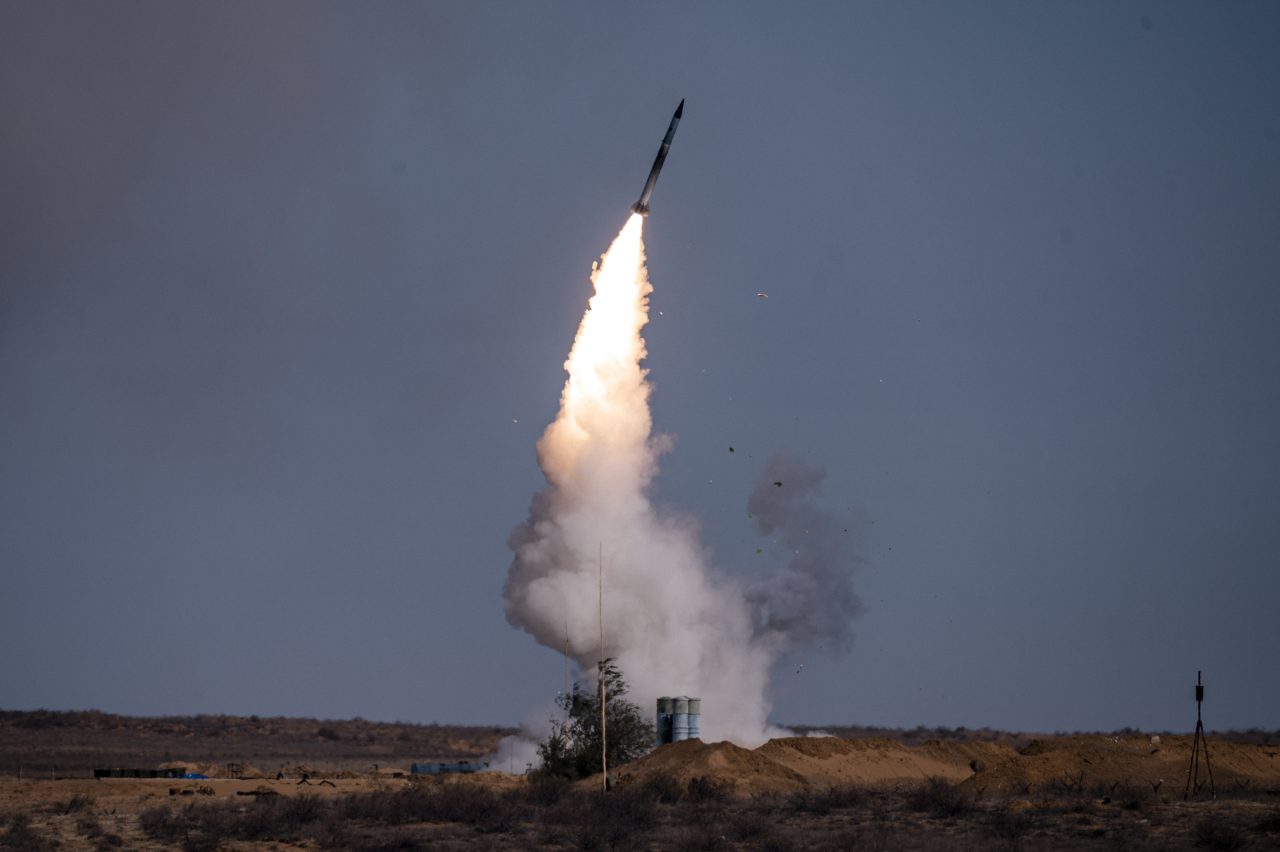
“Of course, all those nations that bought Rafales asked themselves questions,” Bellanger reportedly told AP. However, French authorities maintain that much of the narrative was rooted in misinformation.
Not just that, an unnamed high-ranking French intelligence official, cited by CNN, also hinted that Pakistan downed at least one IAF Rafale. Separately, a French report, quoting Dassault Aviation Chairman and CEO Éric Trappier, stated that India had lost one of its Rafale fighter jets.
Meanwhile, Indian Defence Secretary RK Singh last month dismissed reports that India’s Rafale fighter jets were downed by Pakistan during Operation Sindoor. Speaking to CNBC-TV18, he said, “You have used the term Rafales in the plural, I can assure you that is absolutely not correct.” This could be interpreted as confirmation that the IAF lost at least one Rafale fighter jet in combat with Pakistan.
So far, India has not detailed its losses, only giving peripheral information. For instance, India’s defense attaché to Indonesia said last month that India lost some fighter jets on the opening day of the conflict due to initial restrictions imposed by the government on striking Pakistani military assets and only aiming for terrorist infrastructure.
On the contrary, military and aviation experts have largely thrown their weight behind Pakistan’s claims. “The winner in this was the side that had the best situational awareness,” said retired U.K. Air Mshl. Greg Bagwell adding that the episode didn’t conclusively prove the superiority of either Chinese or Western air assets, but it showed the importance of having the right information.
For the Indian Air Force, which has acquired only 36 of these and is facing a decline in its fighter jet squadron strength, the loss could be very expensive. However, as previously noted by IAF Director General of Air Operations (DGAO) Air Marshal Bharti, “losses are part of combat.”
India’s Longest-Range Kill
The military confrontation between India and Pakistan has been a big triumph for the S-400 ‘Triumf’ surface-to-air missiles (SAM).
The EurAsian Times learned in May 2025 from reliable sources that the Indian S-400 has created a world record by securing the longest kill by an SAM by hitting an aerial target at 314 kilometers, which has now been confirmed by the IAF chief.
This was reportedly the second loss of the Saab Erieye-2000 flying radar, the source told EurAsian Times, on the condition of anonymity as he was not authorized to speak to the media. The other was allegedly lost in an Indian missile strike on Pakistan’s Bholari Air Base.
An AEW&CS aircraft is crucial in combat as it provides real-time surveillance, command, and control over large areas. Its powerful radars can detect warplanes, missiles, and even drones at long ranges, providing critical situational awareness that ground-based radars may struggle to match.

The aircraft is used to coordinate air operations, guide fighters, and integrate data from multiple sources, including satellites, other aircraft, and ground-based sensors, serving as airborne command centers. This role is vital in complex, dynamic battlefields where rapid decision-making is crucial.
In general, an AEW&CS aircraft enables early warning of incoming threats, including low-flying aircraft or cruise missiles, which are harder to detect from the ground.
They essentially extend the range of air defense networks and enhance offensive operations by guiding assets efficiently.
It is, then, safe to say that the loss of the Saab Erieye-2000 may have come as a setback to the PAF, and hurt its “situational awareness” and certainly impacted its “kill chain” and fighter jet operations near the Indian territory.
The S-400, often ridiculed by the West, has been designed to engage targets up to 400 km away using 40N6 missiles, but it also deploys the 48N6 missile with a 250 km range. The S-400 is prized for its ability to engage up to 80 targets simultaneously, and its high situational awareness provided by multiple complementary radars, which allow it to engage stealth targets reliably.
The road-mobile air defense system is highly manoeuvrable and has successfully thwarted Pakistan’s attempt to saturate it and take it down.
Pakistan has since been offered the KJ-500 by its ally, China, as reported by the EurAsian Times. However, unlike the fate of the Indian Rafale, the claims that Pakistan lost a very crucial surveillance aircraft have not been favored by the media.
Nonetheless, the combat in South Asia proves that the firepower and combat capability in the region have seen a meteoric rise, and that neither country has the time to rest on its laurels anymore.
- Contact the author at sakshi.tiwari9555 (at) gmail.com
- Follow EurAsian Times on Google News

